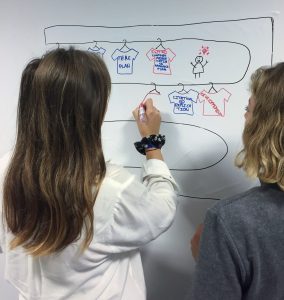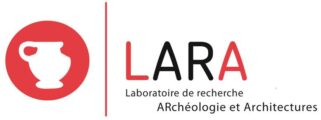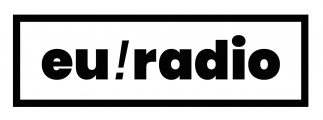Presentation
Visual thinking, or picture thinking, is a method that can guide a learning or transmission process by using elements of visual language (pictographs, acronyms, symbols, links, letters, shapes, colours, characters) to “illustrate” and “give meaning”. It can be used during a lecture, in group or individual work, and to create memorisation or communication tools.
Without becoming a substitute for the discipline’s fundamental exercises, visual thinking extends the range of tools for learning and assessing learning while improving performance. Graphic representation has an evocative power that is often superior to the spoken or written word. It includes perceptual cues (proximity, colour, size, orientation, direction, and shape) that automatically address both hemispheres of the brain to deliver the process of understanding. A notion or a concept is easier to represent and to understand when a drawing is used. Everybody can use visual thinking: people do not need any special skills or to be good at drawing.

Objectives
- Discover the benefits of visual thinking and its educational value ;
- Master the fundamentals of visual language (vocabulary, structure, links etc.) that facilitate classroom discussions ;
- Introduce students to visual thinking and what it involves ;
- Know how to distinguish between different visual thinking techniques (scribing, visual mapping, sketchnoting etc.) and the various ways of using them in the classroom ;
- Be capable of developing hands-on role-play exercises (each trainee will leave with a role-play project and a teacher’s guide).
Download our educational booklets on graphic facilitation :
If you are a lecturer at the University of Nantes you can take part in this course by registering with CDP (continuous professional development):
If you do not teach at the University of Nantes but would like to participate in this training, write to us: lipe-europe@univ-nantes.fr
Instructor
Virginie Chaillou-Atrous
Duration
1 day
Number of participants
10 maximum
Prior requirements
None
Materials provided to each trainee
Teacher’s guide, visual dictionary, markers, whiteboard sheets, notepad and felt-tipped pens.
Location
University of Nantes or at your institution














